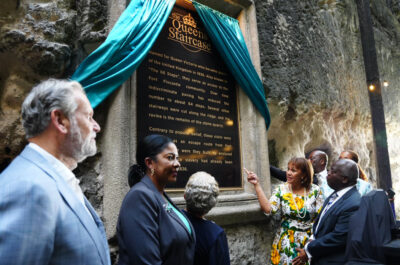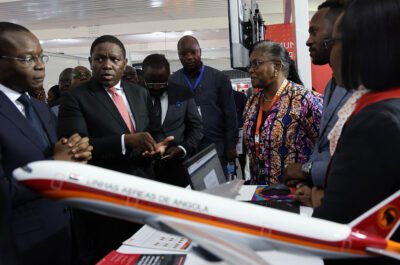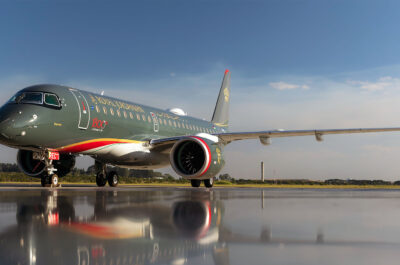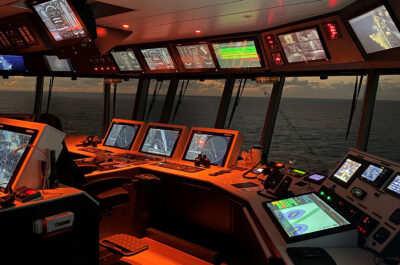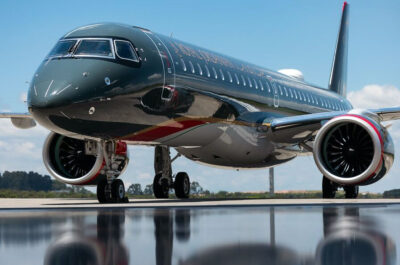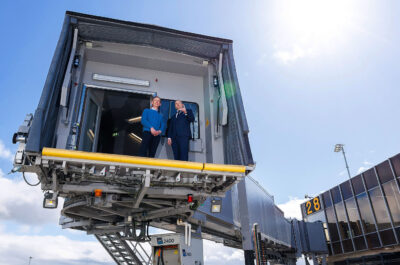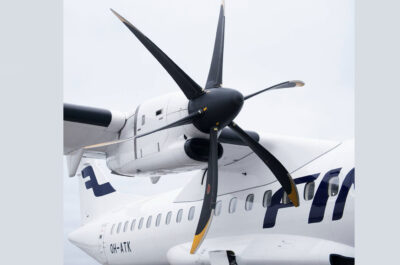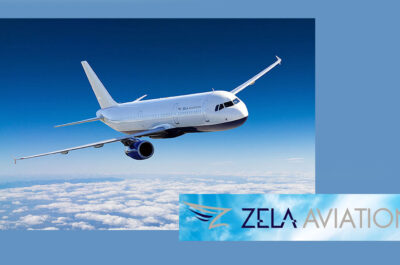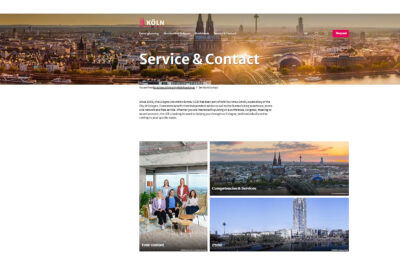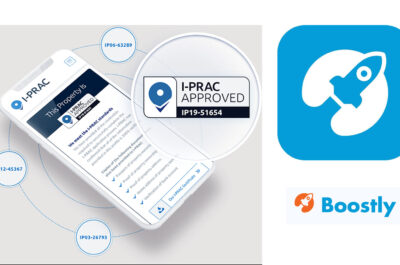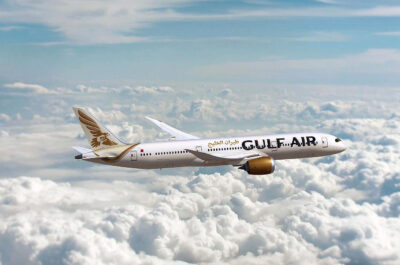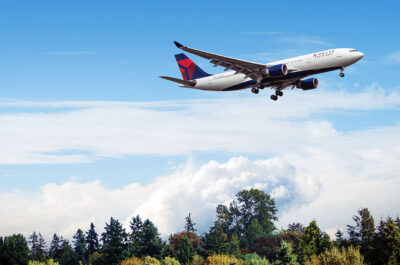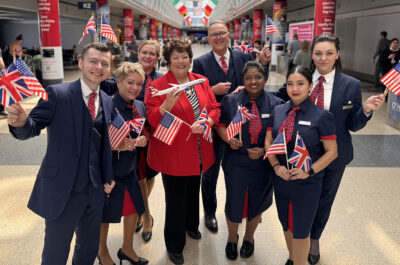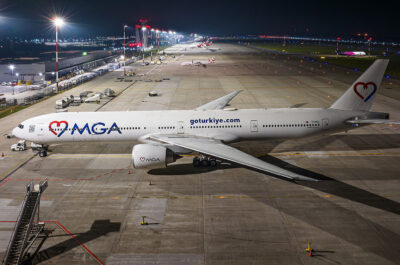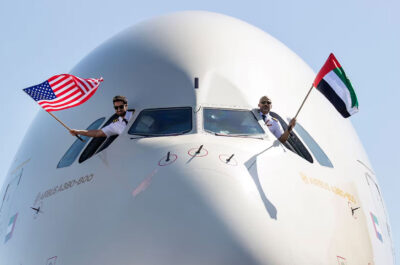Report identifies the case for cloudtechnology in Common Use systems for the airport of the future. Cloud technology is gaining momentumdespite lingering concerns around resilience, privacy and risk.
MADRID, Spain – Airports are increasingly identifying the need to switch to next generation cloud systems in order to improve operational efficiencies in a challenging marketplace, according to an insight paper launched by Amadeus. IT makes sense to share: making the case for the cloud in Common Use airport technology collects the viewpoints of over 20 senior IT leaders from the airport industry to investigate the business case for adopting cloud based Common Use systems at airports.
Rising business pressures from stakeholders and competitors mean airports must make the most efficient use of IT resources to operate effectively and work more collaboratively with airlines, whilst looking foralternative revenue streams to remain competitive. The paper indicates that modernizing approaches to Common Use systems is one route to alleviate these challenges in a world that has access to the latest models of cloud computing.
The paper goes on to highlight that the industry is now ready to adopt next generation Common Use solutions to maximize the operational and commercial performance of the sector. However, some airports still have doubts stemming from concerns about resilience, privacy, security, and risk although the report suggests attitudes to these issues are gradually changing.
Michael Ibbitson, CIO, London Gatwick Airport, and report contributor commented: “Today’s setup is reliant on out-dated technology and is not really embracing the revolutionary capability of the internet. Each airline using our CUPPS[1] system needs to build integration locally, on-site. The aviation industry has tried to address the problem with the development of CUTE[2]andCUPPS standards but, in doing so, seems to have reinforced the existing structure rather than instigate change. It is time to embrace technology asquickly as possible, and develop a fundamental shift in aviation IT.”
John Jarrell, Head of Airport IT, Amadeus said, “Airports around the globe need to look for new ways to compete and maximize the value of their resources amidst growing economic pressure. Next generation Common Use platforms based on the cloud have the ability to revolutionize the way IT is provided at airports. Dedicated cloud providers can lower costs for airports thanks to economies of scale, amongst many other benefits that allow airports the flexibility to service their customers better.”
He continued “A cloud platform can provide an airport sufficient energy savings to allow a VW Golf to circle the earth 27 times[3] annually, if, for example 75% of a 300-workstation airport switched to thinclients. This really is a significant upgrade from traditional CUTE or CUPPSsystems – the question now is whether airports are ready to take a leap of faith and jump to the cloud. Our objective is to open the debate with the airport community.”
Some of the insight paper’s key findings include:
Common Use technology has evolved little since CUTE was created in 1984, which is still more popular than the much newer CUPPS, formed in 2009. Interviewed airports find these platforms to be outdated, inflexible, complex, slow, bulky, and cost-ineffective, which affects the whole airport eco-system. Clearly, there is room for improvement.
Cloud-enabling technology has developed rapidly in recent years. Since CUPPS was first implemented in 2009, new technologies such as application virtualisation[4], vastly improved networks and new mobile devices have made viable to make the switch to the cloud.
Cloud technology has the potential to revolutionise airport systems. Benefits include reduced hardware and maintenance costs, saved physical space as a result of removing servers, streamlined certification and location flexibility to process passenger check-in and boarding, helping airports and airlines improve passenger service as a result.
Many airports still have doubts and hesitations concerning the cloud. The majority of these, such as resilience, privacy, security, and risk have been overcome as cloud providers have made addressing these issues a top priority.
[1] CUPPS: Common Use Passenger Processing System, standard created by IATA in 2009
[2] CUTE: Common Use Terminal Equipment, standard created by IATA in 1984
[3] Environmental Comparison of the Relevance of PC and Thin Client Desktop Equipment for theClimate, 2008 – Fraunhofer Institute for Environmental, Safety and Energy Technology UMSICHT
[4] Application virtualisation: decoupling applications from hardware
Theodore is the Co-Founder and Managing Editor of TravelDailyNews Media Network; his responsibilities include business development and planning for TravelDailyNews long-term opportunities.






















